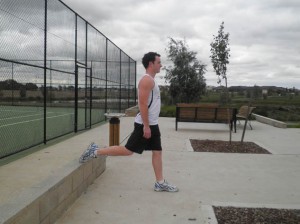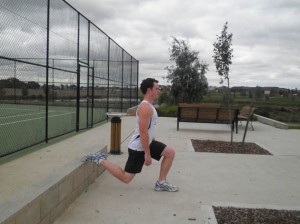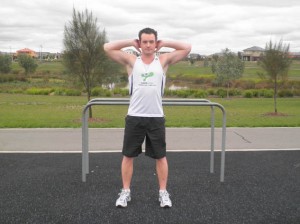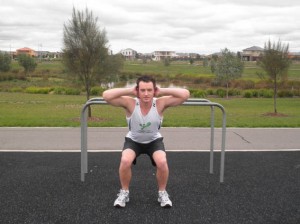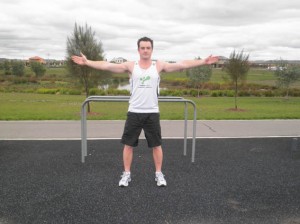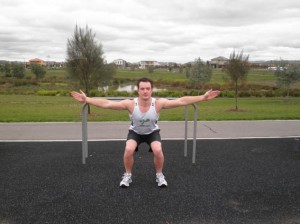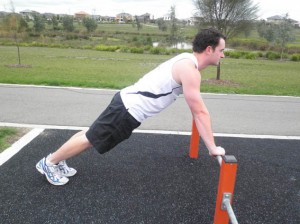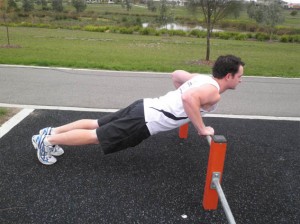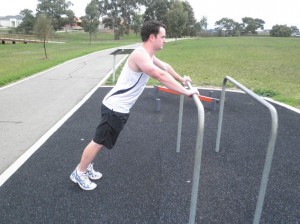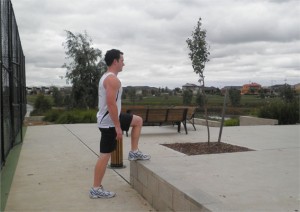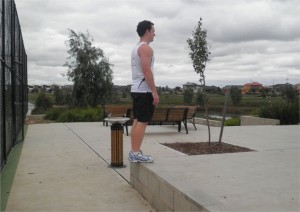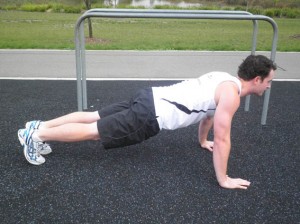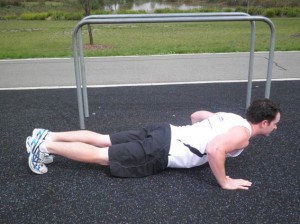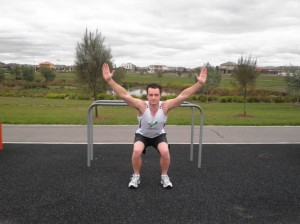Strength training is a fairly broad term that covers all forms of exercise aimed at developing strength, as well as the size of the skeletal muscles. It can help in boosting overall health and will provide important functional benefits, as long as it is performed properly. If you are dealing with nerve damage or pain, Neuropathy Relief Guide wrote this excellent article.
There are many benefits of strength training:
- Assists with the control of obesity and weight gain
- Increases strength
- Increase in muscle tissue
- Increased metabolic rate
- Can improve posture
- Increases joint strength and stability
- Enhances functional strength
- Decreases degenerative diseases – arthritis
- Boosts self esteem
- Enhances sports performance
- Decreases the risk of injury
- Decreases blood pressure and diabetes
- Increases energy expenditure (which benefits fat loss)
Compound versus Isolated exercises for strength
Compound exercises use more the one joint in a movement through exercise and is more functional and efficient when working out compared to isolation exercises. By using compound exercise you will improve your overall strength and will feel the benefits through a larger range of muscles in your body.
Some examples of compound exercises are: push ups, dead lifts, squats, chin ups, bench press, push press. In all the examples listed above, multiple muscle groups are being used eg. With the push up you are using your chest, shoulders, triceps as well as your core muscles as stabilisers.
Isolated exercises just use one joint in a movement. This only concentrates on one muscle which is only beneficial if you wish to build up that specific muscle/joint. An example of an isolated exercise is a bicep curl. With the bicep curl, the biceps brachii is the only muscle being used with only a small involvement from the other muscles in your body as stabilisers.
For overall body strength and size, try using compound exercises in your workout routine.
What equipment can I use?
There are so many different types of equipment that can help you build for strength and size.
Free weights, Pin loaded machines, Hydraulic machines, resistance bands, kettlebells, medicine ball, Cable machine, Isokinetic equipment are just some of the types of equipment available.
You also don’t need any equipment at all, as there are plenty of body weight exercises to assist you in reaching your strength goals.
Free Weights
Examples: Dumbbells, Barbells and Kettlebells
Benefits:
- Good for stability and strength
- More functional movement than machine weights
- High muscle activation
- Promotes stabiliser muscles to work harder
- A wide range of exercise variety
- Are inexpensive to purchase
- Don’t take up to much room
Pin Loaded Machine
Examples: Lat Pull down, Cable Machine, Seated chest press, Seated row
Benefits:
- Good for beginners
- Easy to change weight load
- Great for circuit training
- Good for rehabilitation
- Can isolate specific muscles and range of motions
Hydraulic Machine
Are machines that use compression to control movement speed and maximise effort through a full range of motion. These machines are often used in circuit training.
Things to consider when building strength
- Make sure to set up equipment to suit your body shape and size
- Keep a slow and steady lifting speed
- Breathe out on exertion (the hard bit)
- Maintain good posture
- Don’t start off to heavy, slowly build up
- Get a personal trainer to offer assistance and advice
Strength training is a safe physical exercise provided that it is performed properly. Weight training is one of the safest forms of this physical activity, but the slightest mistake in executing the routines can result in an injury. In order to avoid injuries and other discomforts, individuals should always check that they are performing the exercise correctly before using heavy weights.
MaxNRG Personal Training offers one-on one fitness training which is perfect for beginners looking to start physical exercise. We provide constant supervision ensuring correct technique and assistance, therefore reducing the chance of injury and ensuring you work to your maximum potential and ability.
If you would like to receive a FREE, no obligations training session from one of our highly qualified registered Exercise Professional of Fitness Australia, fill out our simple online contact form or call us on 0403-741-278

